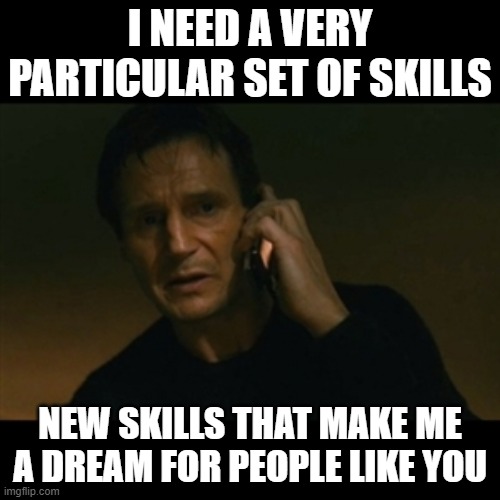What is reskilling?
Reskilling is training your internal talent to gain new skills to become an even better fit for a different position in your organization. This process of developing your workforce is part of internal mobility, which also includes upskilling (training internal talent to improve or learn skills for their current role or function).
Why is reskilling important?
Harver’s Chief Strategy and Development Officer, Oliver Staehelin, predicted that 2023 would be the year of reskilling. We fully expect this trend to continue proving true, due to external factors like the global economy, labor shortages, and skills gaps across industries. In fact, The World Economic Forum’s Future of Jobs Report notes that 50% of all employees will need some reskilling by 2025 as adoption of new technology increases.
Reskilling offers many benefits to employers and employees, including:
Higher employer retention and engagement
Show your employees that you appreciate and are willing to invest in them. It will help to improve their loyalty and willingness to go above and beyond at work.
Enticing external talent and boosting brand
Reskilling does more than reduce turnover. It can also help encourage more and better external talent to apply, too: 92% of talent say access to professional development is important.
Lower hiring costs by sourcing internally
Studies have shown that adopting a build vs buy approach leads to significant savings. By hiring internally, you can trim 20% from recruiting costs and other pre-hire expenses.
Agility and flexibility for the future
Your business needs to stay competitive despite challenging labor markets and global conditions. To stay competitive, your talent needs to stay versatile and skilled for what’s to come.
What to do first with reskilling?
1. Get buy-in from key stakeholders
Before you can start reskilling, you first need to show the business need for investing in processes and technology that enable growth and mobility. As Jaimie Francis of the U.S. Chamber of Commerce Foundation advises, “Data that shows a positive return on investment — and the costs of not investing — can be very powerful.”
2. Audit your workforce’s existing skills
Before you can start reskilling, you need hard data on what skills your existing talent have so far. Implementing skills assessments can help your team gain an objective, quantifiable understanding of where your internal talent pool stands right now. This skills inventory can act as your baseline pre-reskilling.
3. Identify your current skills gaps
Next, conduct a skills gap analysis to spot missing capabilities for evolving tasks and functions. Some gaps will be small, where you can build up adjacent skills due to transferrable experience in other functions. Other gaps might require more involved reskilling, such as adapting someone with ideal matching soft skills who just lacks sales knowledge or other hard skill.
4. Train good fit talent for specific skills
Maintaining productivity (and even simple relevancy) in a rapidly evolving world will require particular skills. Some might not even exist within your workforce yet, as new in-demand skills emerge alongside technology advancements.

How to skill your reskilling initiative
Did you know that soft skills are one of the best predictors for day-one success in a new role? These more ingrained and harder to learn skills, like focus and emotion, can be scientifically measured.
To take the next step with reskilling, explore Harver’s soft skills assessment solution, which is gamified to drive 98% completion. Your internal talent can measure their soft skills in just 25 minutes, and can start developing new skills thanks to our easy-to-understand development reports with actionable tips.

